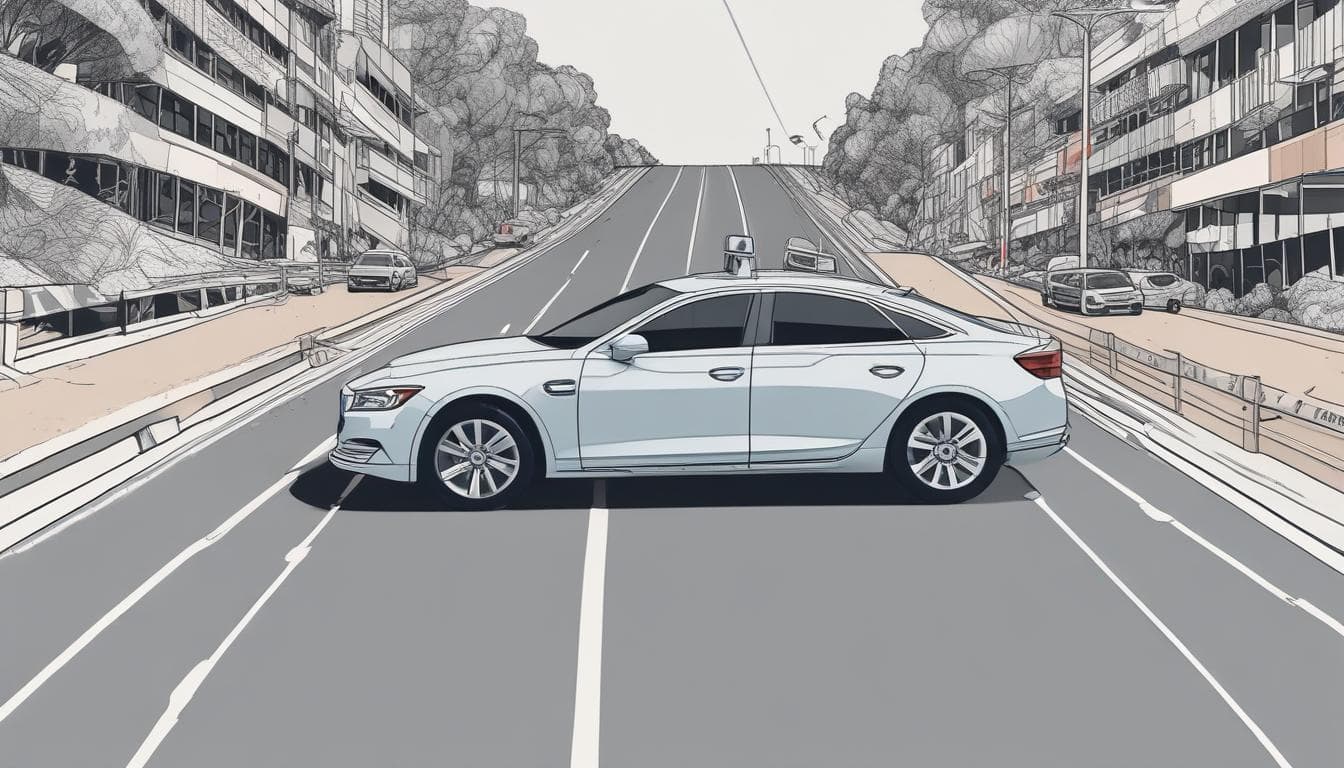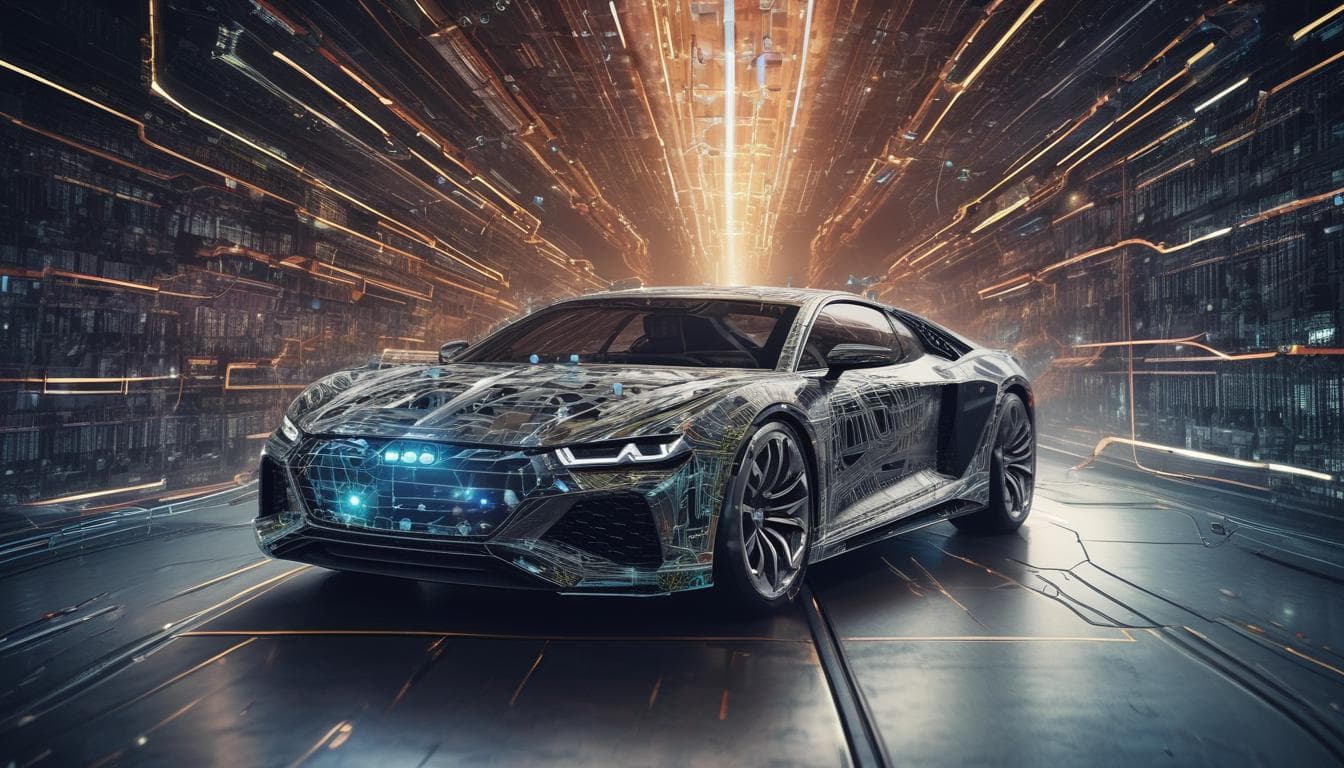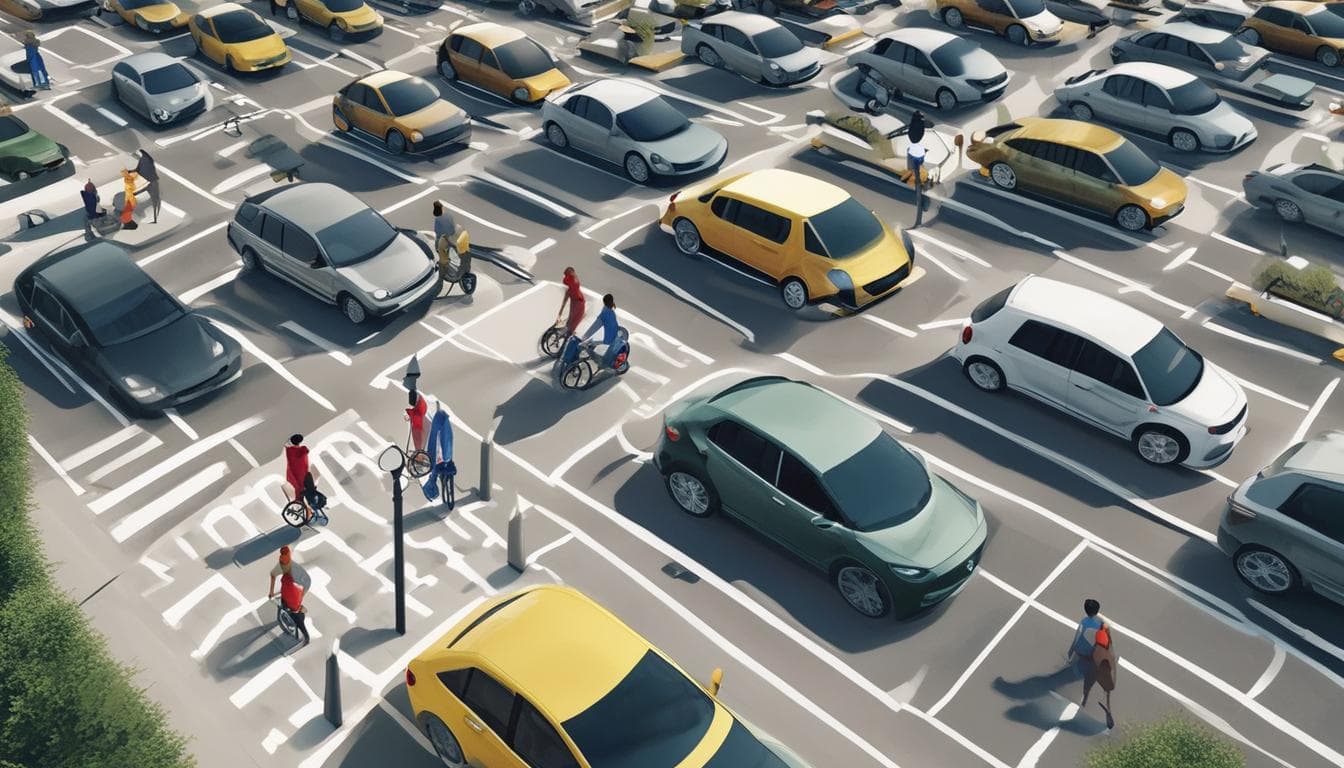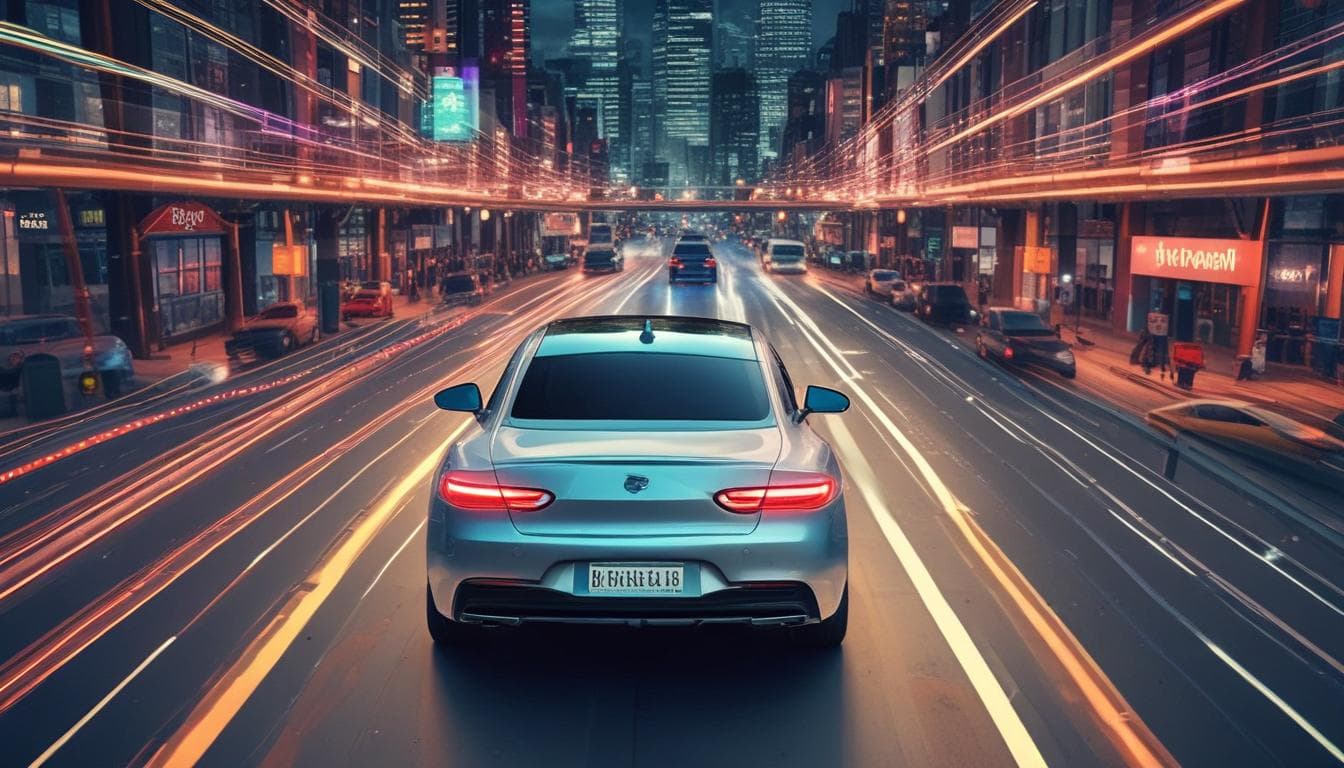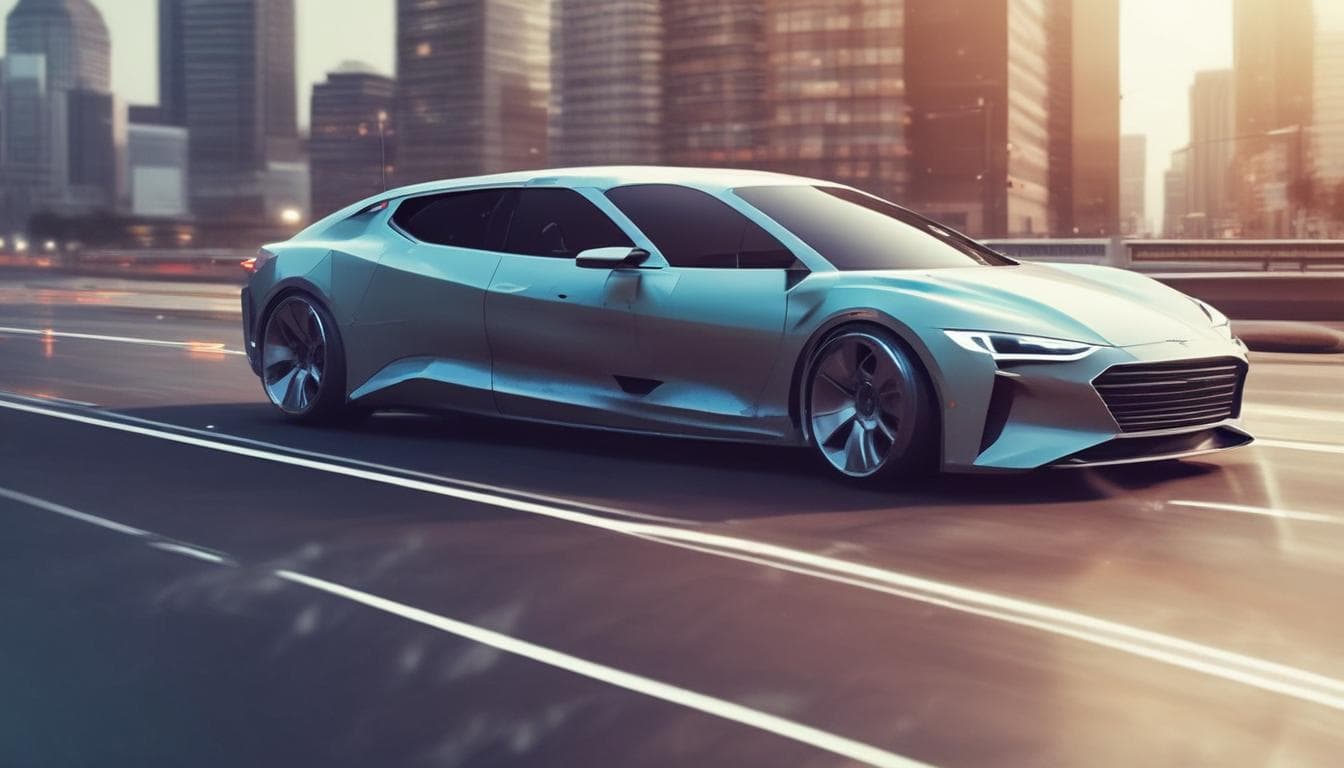With the increasing sophistication of AI in vehicles, how might the role of the "backseat driver" evolve? Will AI coaching and real-time feedback enhance driving skills, or could it lead to over-reliance and a decline in human driving competence? What are your thoughts on the balance between AI assistance and maintaining driver agency?
The question you’ve posed about the evolution of the "backseat driver" in an AI-driven world is both fascinating and timely. As AI systems in vehicles become increasingly advanced, their role in enhancing safety and convenience is undeniable. However, there are indeed significant considerations regarding dependency and driver agency.
How AI Can Enhance Driving Skills:
AI coaching has immense potential to improve driver behavior. For instance, AI systems can analyze driving patterns in real time and provide adaptive feedback tailored to the driver’s habits—for example, offering suggestions to optimize fuel economy, maintain safe following distances, or improve cornering techniques.
These capabilities could essentially create a form of “digital mentorship” for drivers. For new drivers, this might fast-track the learning process, offering constructive guidance without the stress of human criticism. For experienced drivers, it could serve as an ever-present tool to enhance precision and refine long-formed habits.
Risks of Over-Reliance on AI:
However, as AI systems become more capable, there’s a valid concern about over-reliance. Drivers might begin to disengage from active decision-making or forego critical thinking skills on the road. The assumption that “the car will handle it” could lead to complacency. This issue ties into broader discussions of automation in driving, particularly when considering the transition from semi-autonomous to fully autonomous systems.
The challenge lies in striking the right balance—leveraging AI to enhance driving while ensuring that drivers remain engaged and competent. This will likely involve creating systems where human drivers and AI actively collaborate. For example, AI could nudge drivers to take action but avoid overriding their decisions unless there’s imminent danger.
Striking the Balance:
This balancing act also has ethical implications for manufacturers and developers. Designers will need to consider how to keep drivers engaged without undermining the convenience AI offers. Some exciting innovations already address this, such as haptic feedback systems and adaptive interfaces that subtly prompt drivers to stay in control.
To dive deeper into the impact of AI on driving and how it’s reshaping the automotive landscape, you might find this piece on the AI revolution transforming design and driving experiences in the automotive industry insightful. It explores how AI not only enhances driving but also reshapes the design and functionality of vehicles.
Additionally, the potential convergence of AI with advanced driver-assistance systems (ADAS) is another area to consider. You can explore this further in what the future holds for ADAS and its implications for driving.
In conclusion, while AI can transform the way we drive, it’s crucial to foster systems that maintain or even enhance human driving competency. Ensuring a synergistic relationship between human drivers and AI will be key to reaping the full benefits of this technology without losing the core skills and responsibilities required for safe driving.
探索更多相关内容
加入讨论
- 未来汽车:移动的个人艺术馆——探索驾驶体验的艺术升华
探讨未来汽车如何融合数字艺术、氛围灯光、互动体验等,成为“移动的个人艺术馆”。分享您对个性化“移动艺术空间”的创意,以及这种结合对汽车设计、文化和出行方式的深远影响。这是否预示着一个将驾驶体验提升至艺术欣赏层面的全新汽车时代的到来?
- 未来十年,汽车能否成为真正的“移动之家”?
探讨未来十年汽车发展趋势,除了自动驾驶和电动化,还有哪些科技进步能让汽车成为更舒适、智能和娱乐的移动空间?如何改变我们的出行和生活?
- 未来十年,汽车将如何变革为“移动智能终端”?
探讨未来十年汽车行业的发展趋势,聚焦自动驾驶、电动化和人工智能技术对车内体验的重塑,例如个性化娱乐、智能助手和虚拟现实交互等。分析哪些AI技术最具潜力,以及这些技术带来的挑战和机遇。
